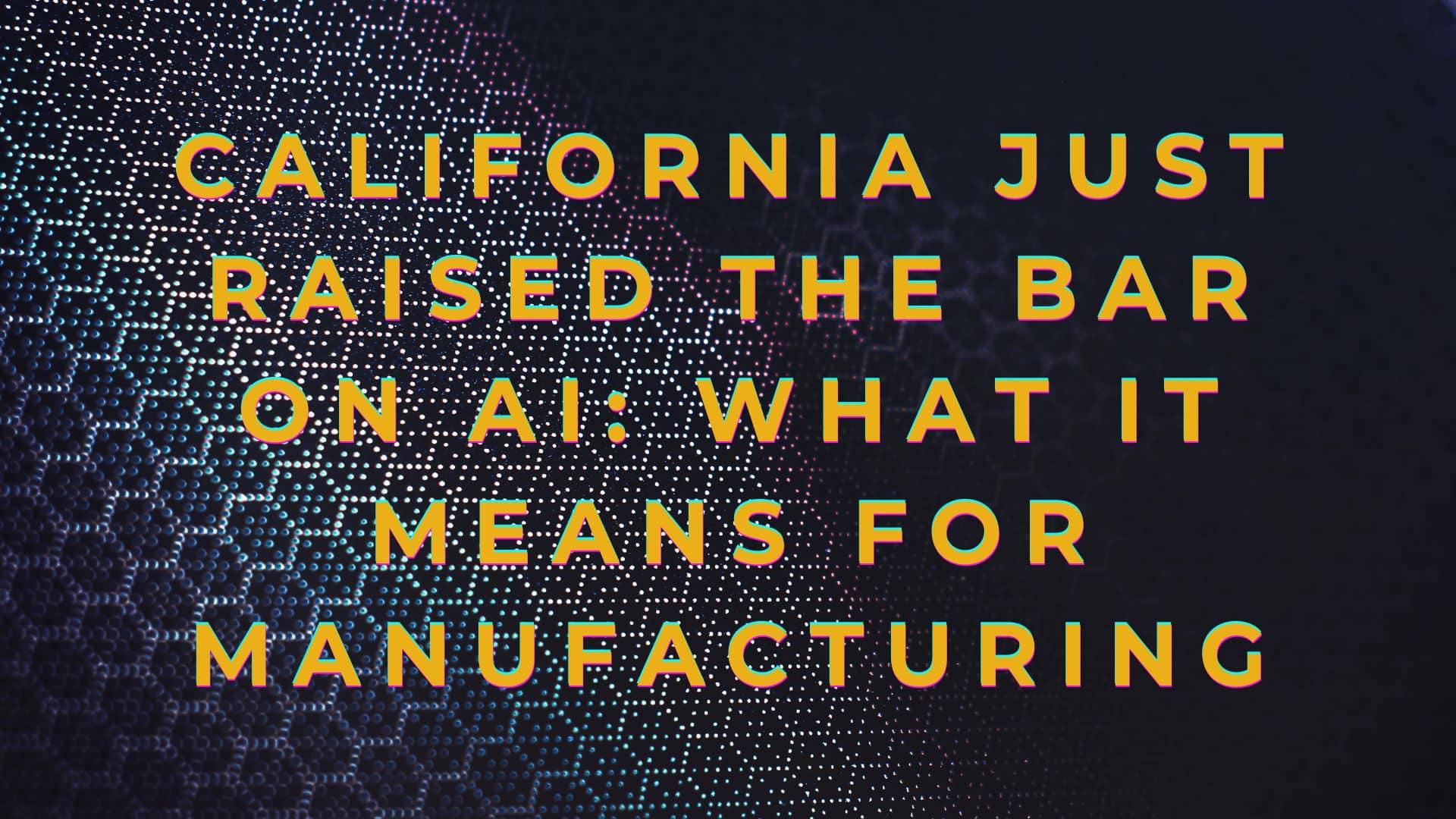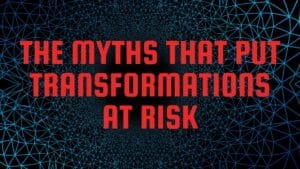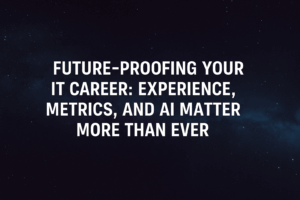This week, California Governor Gavin Newsom signed SB 53, the Transparency in Frontier Artificial Intelligence Act, creating one of the strongest AI safety frameworks in the U.S. so far. It got me thinking about what it means for our clients, so I wanted to write down some of my thoughts in case it might help any of you.
Under this law, AI firms must:
- Disclose safety protocols and how they mitigate catastrophic risks
- Report incidents within 15 days when systems fail in ways that could harm people or operations
- Define and plan for catastrophic risk, measured as more than $1 billion in damages or 50+ injuries or deaths
- Operate under new rules that include whistleblower protections, a public “research cloud”, and fines of up to $1 million per violation
This is more than politics; it’s a sign of where regulation is heading. And for manufacturers, it’s a wake-up call.
Table of Contents
ToggleWhy Manufacturers Should Pay Attention
1. AI is no longer just back-office tech
Manufacturers are already embedding AI into supply chain forecasting, predictive maintenance, and quality control. That means these laws aren’t abstract; they will directly affect how factories run, products are built, and risks are managed.
2. The “frontier” threshold is closer than you think
While SB 53 targets the most advanced AI systems, manufacturing is rapidly scaling into high-performance territory: autonomous robotics, generative design, and connected factories. Even if your systems aren’t flagged today, the spotlight is moving in your direction.
3. Safety and transparency are part of operational excellence
Shop floors already follow rigorous safety standards. What’s changing is the expectation that digital systems must be as transparent and auditable as physical ones. If an AI system makes a decision that causes downtime or defects, you’ll need to explain why, how it was caught, and how future risks are mitigated.
4. Patchwork rules will challenge global supply chains
California’s law, Europe’s AI Act, and pending federal U.S. legislation mean manufacturers will need to manage multiple overlapping frameworks. For global supply chains, this could create friction in how compliance is tracked, documented, and reported across different plants and partners.
Real-World Manufacturing Scenarios
To make this concrete, here’s how regulation could play out in daily operations:
- Predictive Maintenance: If an AI model fails to predict a breakdown, causing unplanned downtime and safety risks, your incident reporting process will need to document how that failure happened and what changes were made.
- Quality Control: If a vision system incorrectly approves defective parts, regulators may expect disclosure of error rates and corrective actions.
- Supply Chain Optimization: If an AI system makes flawed decisions that cause shortages or surpluses, your team will need to show both the logic of the system and how governance caught the issue.
A Step-by-Step Playbook for Manufacturers
Here’s how to prepare now:
- Audit Your AI Use Cases
Create an inventory of every point where AI touches production, logistics, or product design. Many organizations are surprised at how many “hidden” AI tools exist across departments. - Define Failure Scenarios
For each system, identify what a failure would look like, whether that’s downtime, defects, or safety hazards, and assign thresholds for when it must be reported. - Assign Clear Ownership
Accountability can’t be vague. Define who is responsible for monitoring AI safety: IT, operations, compliance, and plant leadership all need roles. - Run a 15-Day Drill
Simulate a critical failure and test whether your teams can pull together the data, root cause, and mitigation plan quickly enough to meet regulatory deadlines. - Train Operators and Engineers
Workers on the line are often the first to notice when AI tools aren’t working correctly. Equip them to flag risks and feed into your incident management process. - Align with Vendors
Manufacturers depend heavily on ERP providers, robotics OEMs, and AI suppliers. Make sure they can deliver the transparency and reporting you’ll be expected to provide.
Final Thought
California’s law signals a turning point: AI will be regulated, and manufacturing won’t be exempt.
The companies that treat safety and transparency as part of operational excellence, not just compliance, will be the ones that thrive. They’ll reduce downtime, strengthen customer trust, and even win contracts by proving they can meet tougher standards.
Those who wait? They risk fines, supply chain disruption, and reputational damage.
The jungle of AI regulation is getting denser. The manufacturers who prepare now will be the ones who lead.





